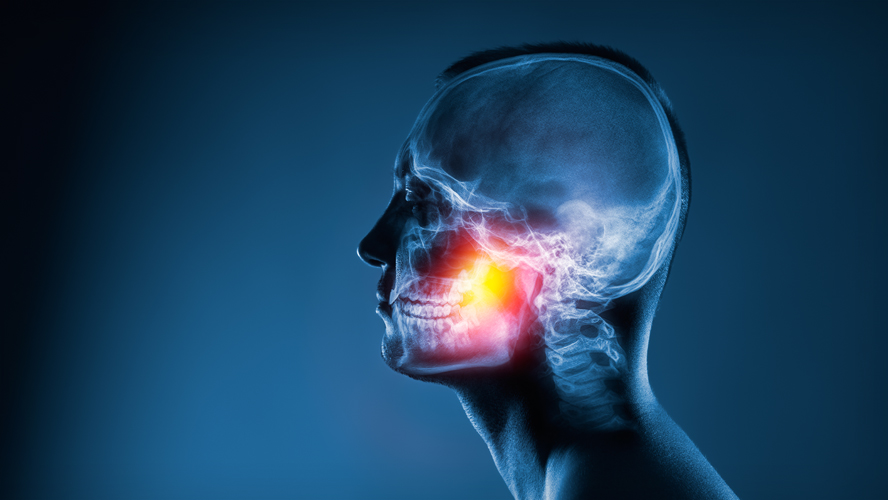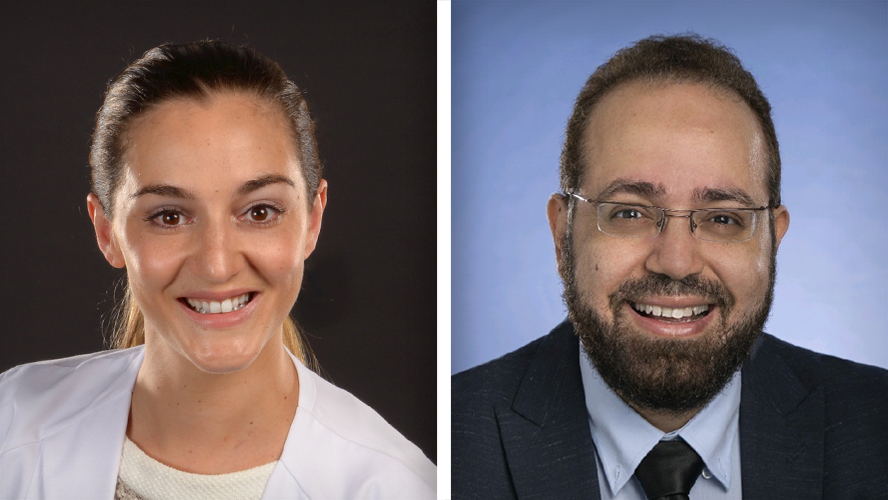
A recent study from UHN’s Princess Margaret Cancer Centre has unveiled a novel classification system that transforms the understanding of bone tissue death in the jaw after radiation therapy for head and neck cancer.
Osteoradionecrosis (ORN) of the jaw is a condition where the bone tissue dies as a result of radiation therapy for head and neck cancer. The radiation, while targeting cancer cells, can also damage healthy bone tissue, causing the bone to weaken and die. This damage can significantly impact a patient’s quality of life as it can result in severe complications including pain, infection, fractures, and even the need for surgery to remove the affected bone.
ORN severity is usually classified based on symptoms, x-ray imaging, required treatments, and response to therapy. However, the absence of a standardized classification system has hindered effective clinical care and treatment.
In a recent study involving over 2,700 head and neck cancer patients treated with radiation therapy, Drs. Erin Watson and Ali Hosni, Clinician Investigators at the Princess Margaret Cancer Centre, led a research team to identify risk factors for jaw ORN and create a more precise system to classify its severity.
After identifying several factors for jaw ORN, such as radiation dosage and gum disease, the research team developed a novel classification system called ClinRad to improve the accuracy of jaw ORN classification and its reporting in clinical care, potentially improving treatment and patient outcomes.
Unlike the existing systems, ClinRad focuses on the extent of bone damage, based on imaging and clinical findings, rather than response to treatment, duration of bone exposure, and patient symptoms. This novel approach more effectively detects serious ORN cases and offers a more accurate assessment of ORN compared to previous classification systems.
“ClinRad’s ability to identify severe osteoradionecrosis represents a significant advancement in clinical care,” explains Dr. Watson, the study’s first author. “By surpassing existing classification systems, ClinRad enables clinicians to assess osteoradionecrosis more precisely, aiding both clinical care and future research.”
The introduction of ClinRad marks a major step forward in the classification and reporting of jaw ORN. As clinicians adopt this new system, patients with head and neck cancer can anticipate more personalized and effective care, leading to improved health outcomes and quality of life after radiation therapy.
This work was supported by The Princess Margaret Cancer Foundation. Dr. Erin Watson is an Assistant Professor in the Faculty of Dentistry at the University of Toronto. Dr. Ali Hosni is an Associate Professor in the Department of Radiation Oncology at the University of Toronto.
Please see the article for the authors’ disclosures of potential conflicts of interest.
Watson EE*, Hueniken K, Lee J, Huang SH, El Maghrabi A, Xu W, Moreno AC, Tsai CJ, Hahn E, McPartlin AJ, Yao CMKL, Goldstein DP, De Almeida JR, Waldon JN, Fuller CD, Hope AJ, Ruggiero SL, Glogauer M, Hosni AA*. Development and Standardization of an Osteoradionecrosis Classification System in Head and Neck Cancer: Implementation of a Risk-Based Model. J Clin Oncol. 2024 Jun 1. doi: 10.1200/JCO.23.01951.
*Both authors contributed equally to this work.

(L-R) Drs. Erin Watson and Ali Hosni, Clinician Investigators at Princess Margaret Cancer Centre.




